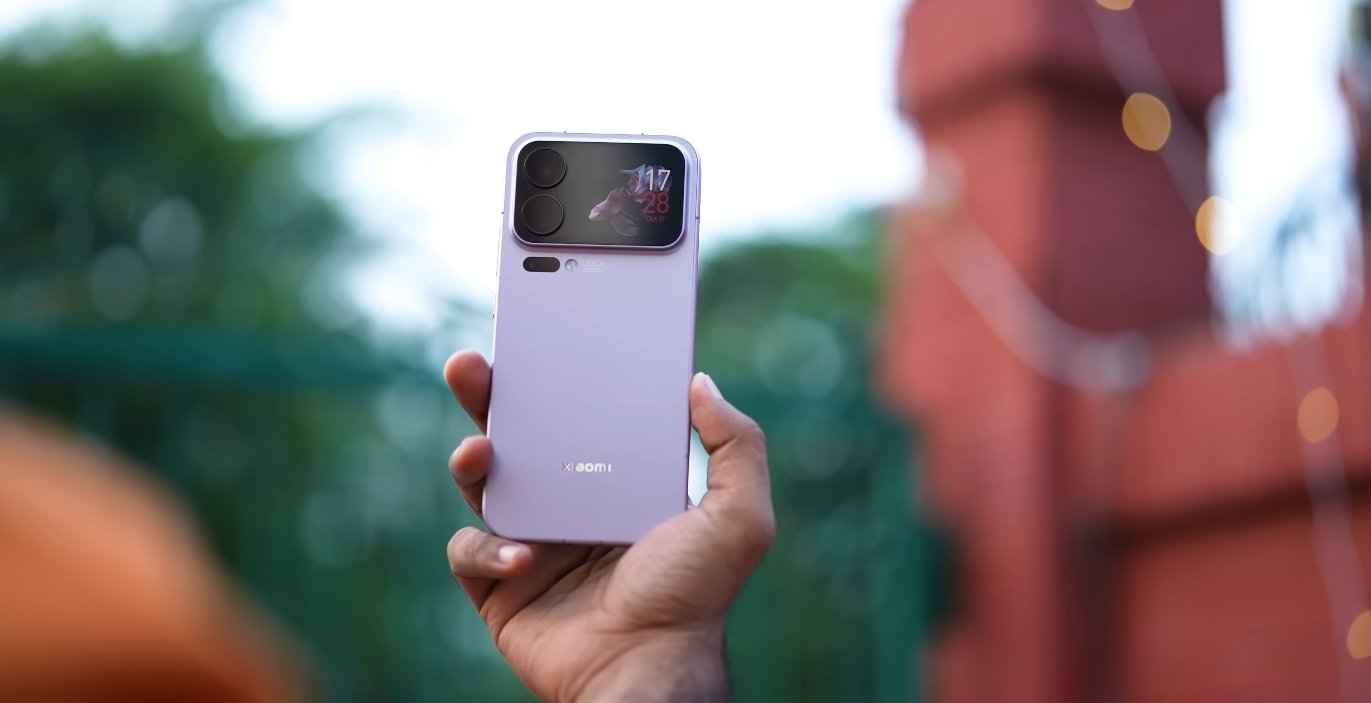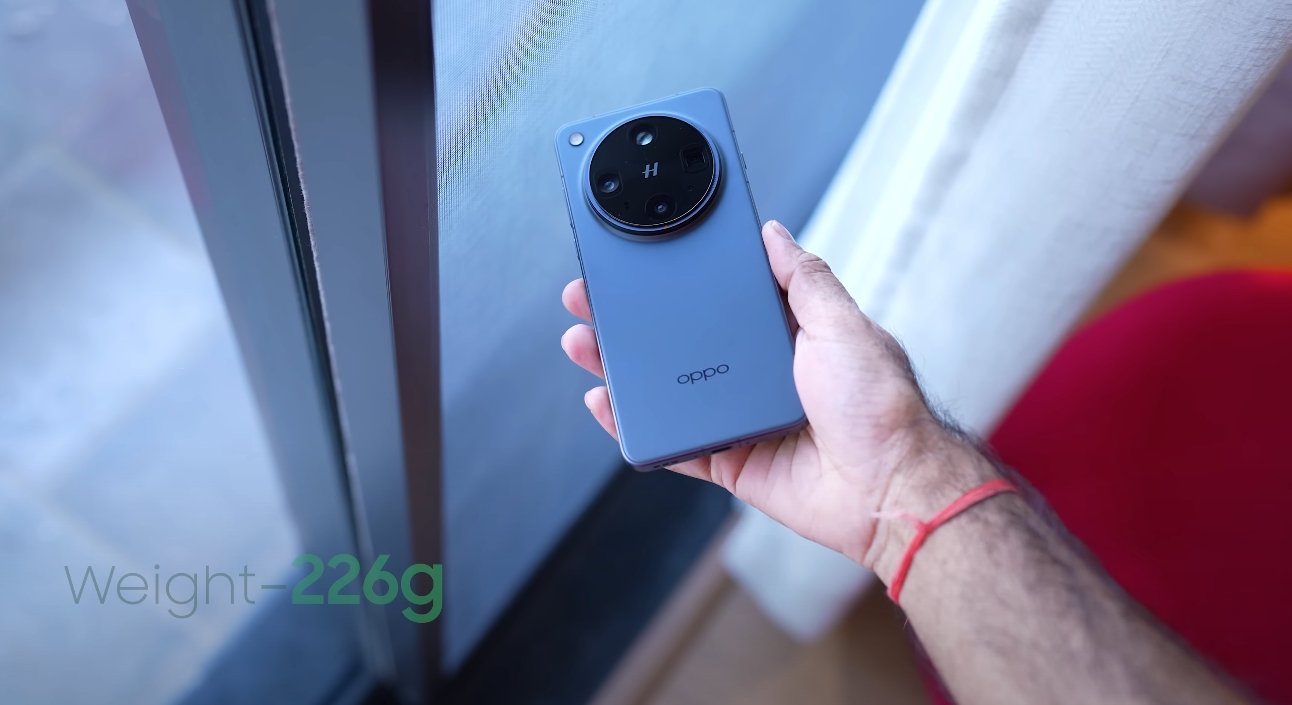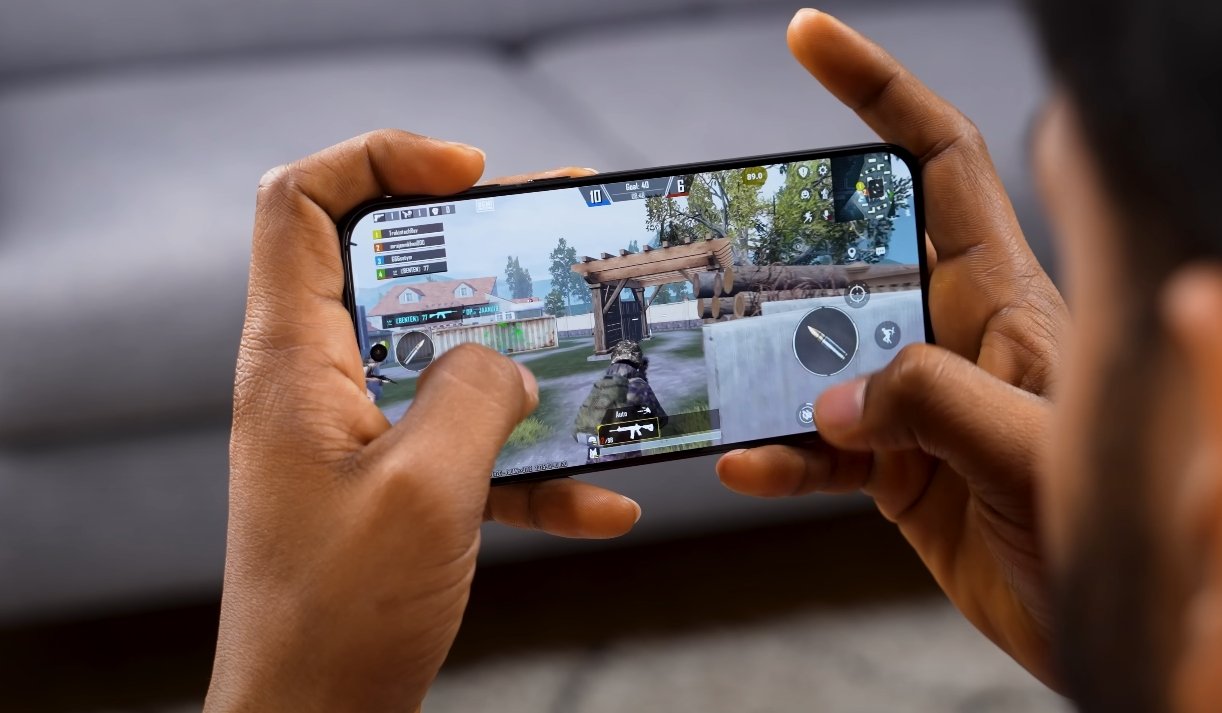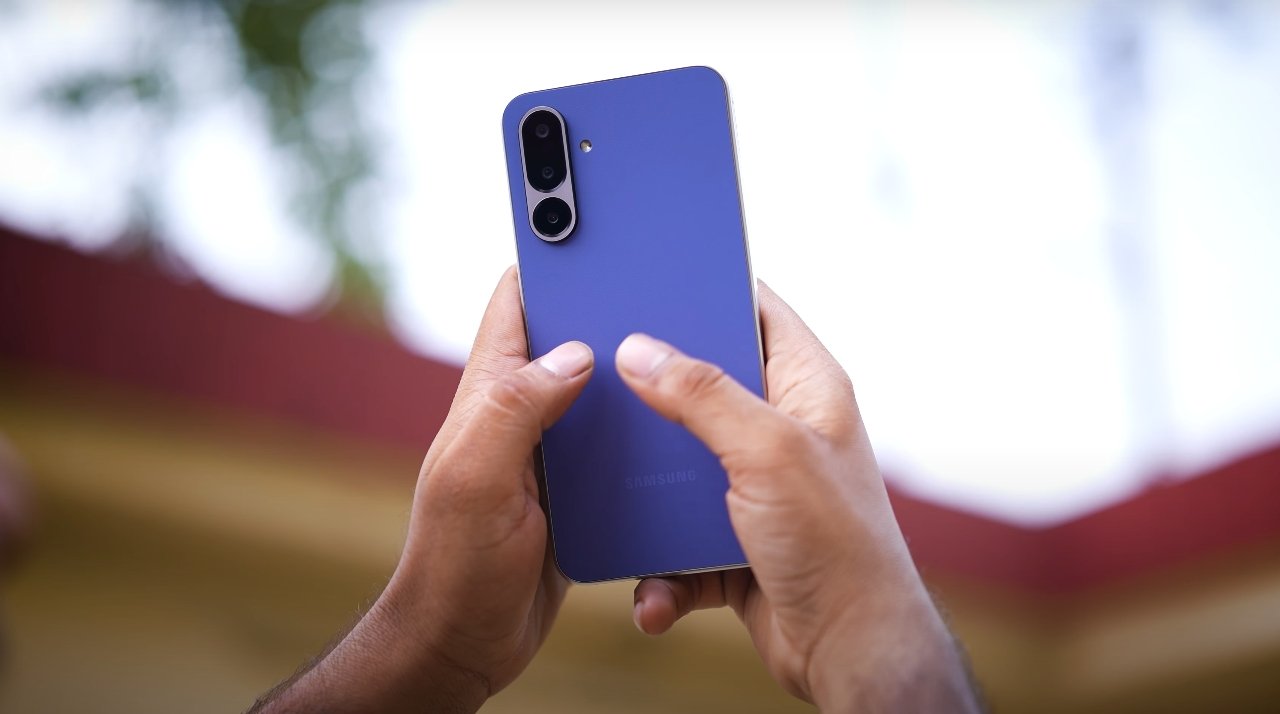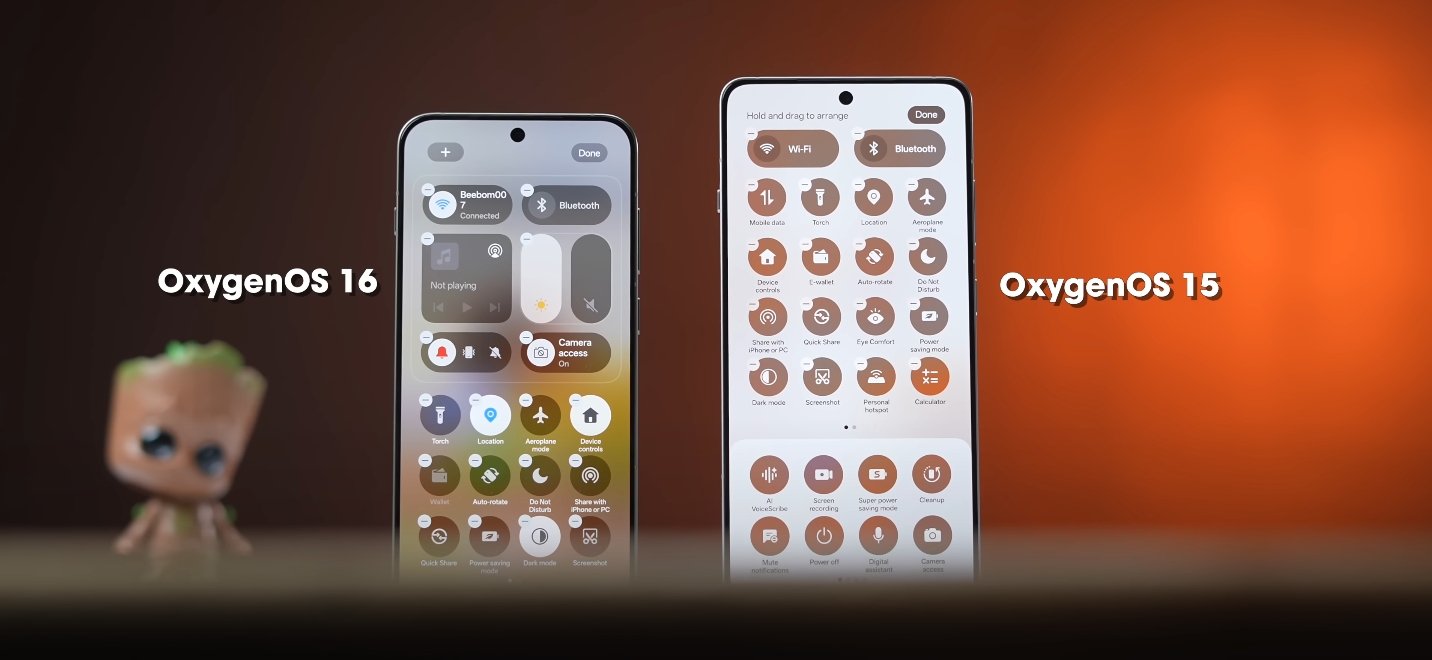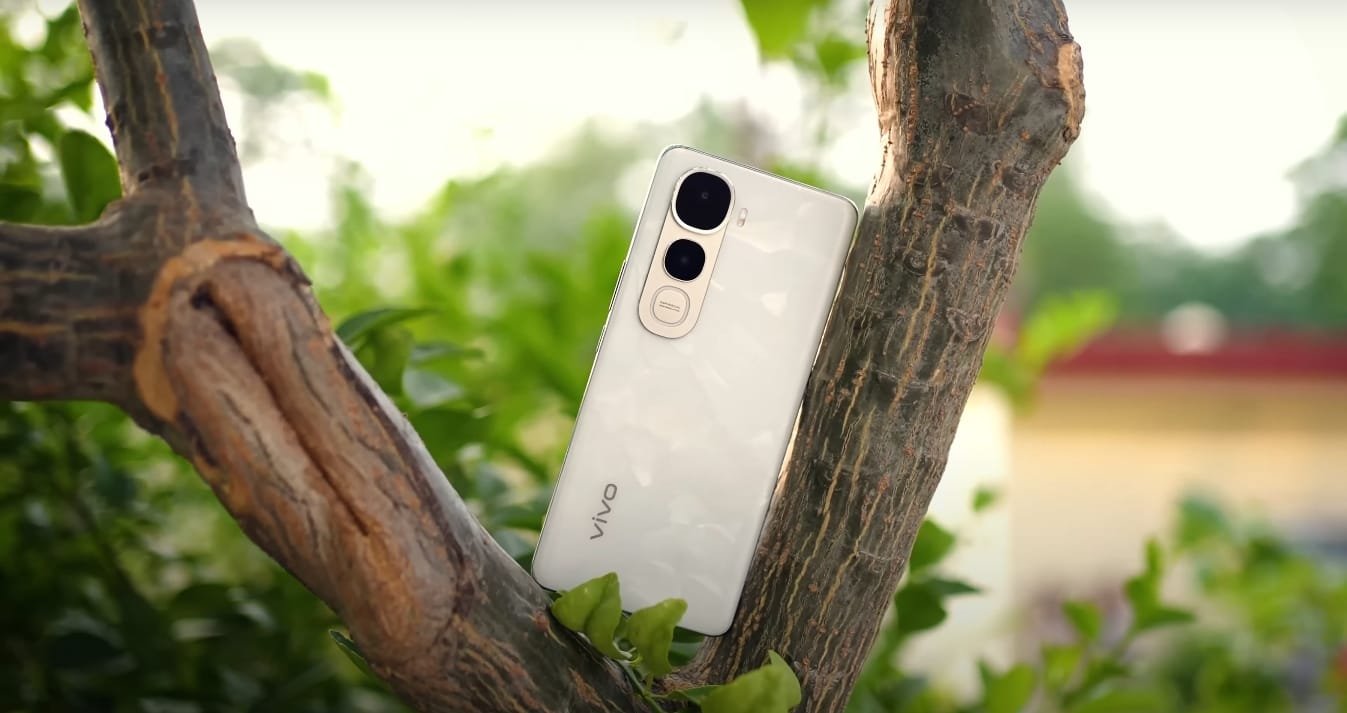Head-to-Head Battery Performance Comparison of Flagship Phones
Battery life remains one of the most critical factors for smartphone users, and the Xiaomi 17 Pro Max and iPhone 16 Pro are two of the most talked-about devices in 2025. Both phones are packed with flagship-level features, but their approaches to battery capacity, software optimization, and power management differ significantly. A comparative battery drain test offers insight into how these devices perform under real-world usage, from media streaming to gaming and everyday multitasking.
The Xiaomi 17 Pro Max is equipped with a massive 7,500mAh battery, one of the largest in the flagship category. It supports 100W wired fast charging and 50W wireless charging, allowing users to quickly refill the battery even after heavy use. On paper, this capacity suggests it should outperform most competitors in terms of endurance. The phone’s high-refresh-rate 6.9-inch LTPO AMOLED display, along with a secondary rear display, adds to power demands, but the Snapdragon 8 Elite Gen 5 chipset’s 3nm process promises efficiency gains.
The iPhone 16 Pro, by contrast, houses a smaller 3,582mAh battery. Apple relies on tight hardware-software integration to optimize battery performance rather than sheer capacity. The A18 Bionic chipset, combined with iOS 17, manages power consumption efficiently, balancing performance and battery longevity. Despite its smaller battery, the iPhone often delivers a surprisingly stable user experience thanks to these optimizations.
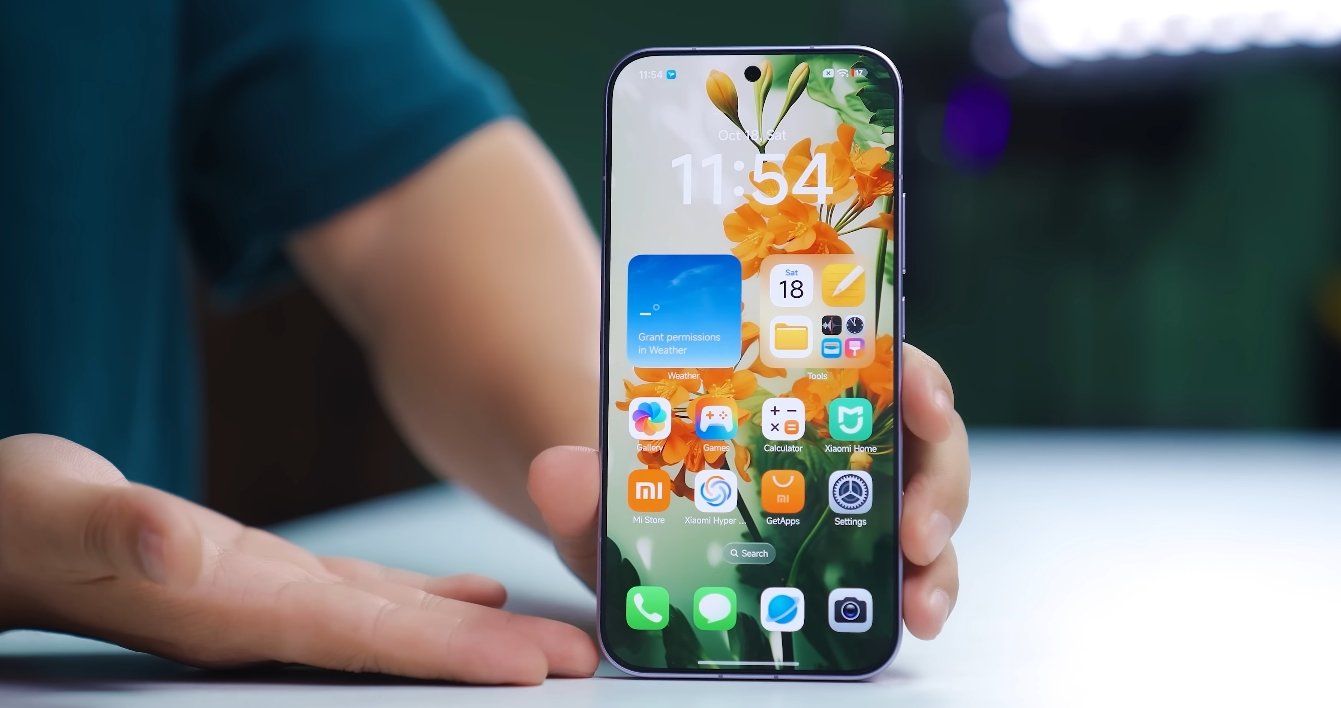
In practical testing, the Xiaomi 17 Pro Max shows impressive performance, but the large display and active features can result in faster battery drain under heavy load. Gaming, high-brightness media playback, and continuous 5G connectivity consume significant power, occasionally reducing expected uptime. Reviewers have noted that while the massive battery helps maintain longer sessions than most competitors, real-world endurance is highly dependent on how aggressively users engage with power-hungry features. Adjusting refresh rates or managing background apps can extend battery life further.
The iPhone 16 Pro demonstrates a more predictable battery drain pattern. In web browsing and video playback tests, it consistently delivers moderate endurance, typically supporting a full day of mixed usage without issue. Even under gaming or intensive tasks, iOS manages power efficiently, keeping the device usable without frequent charging breaks. The smaller battery may seem limiting on paper, but efficient power management ensures reliable performance across most daily scenarios.
Gaming is a major differentiator in battery drain tests. The Xiaomi 17 Pro Max can sustain long gaming sessions due to its larger battery, but the high-refresh-rate display and the additional load from graphics-intensive games generate heat and faster power consumption. Extended gameplay may require adjusting brightness or enabling performance modes to maintain optimal battery life. The iPhone 16 Pro, while having less raw capacity, benefits from highly optimized hardware and software, allowing slightly shorter but more consistent gaming sessions without unexpected drops in performance.
When it comes to fast charging, both devices perform admirably. Xiaomi’s 100W wired fast charging can replenish its 7,500mAh battery in roughly 30 minutes, while wireless charging at 50W provides convenient top-ups. The iPhone 16 Pro supports fast wired charging as well, though the smaller battery reaches full charge even quicker due to its lower capacity. Both phones enable users to resume normal usage rapidly, reducing downtime during heavy battery drain periods.
Real-world endurance depends not only on battery size but also on display management, processor efficiency, and system optimization. The Xiaomi 17 Pro Max offers exceptional capacity, making it ideal for heavy users who stream media, game, or multitask extensively. However, users may need to be mindful of settings to achieve maximum uptime. The iPhone 16 Pro, with its smaller but highly optimized battery, provides a reliable and consistent experience for moderate to heavy use, with less variability and fewer surprises in daily performance.
In conclusion, the Xiaomi 17 Pro Max and iPhone 16 Pro approach battery life from different perspectives. Xiaomi emphasizes sheer capacity and fast charging, making it well-suited for users who push their devices to the limit. The iPhone focuses on efficiency and software optimization, delivering predictable endurance despite a smaller battery. For users seeking maximum theoretical runtime and extended gaming or media sessions, the Xiaomi 17 Pro Max is the clear choice. For those who value consistent, reliable battery performance in everyday scenarios, the iPhone 16 Pro remains a highly competent option. Both devices excel in their respective strategies, reflecting differing philosophies in flagship battery management in 2025.
